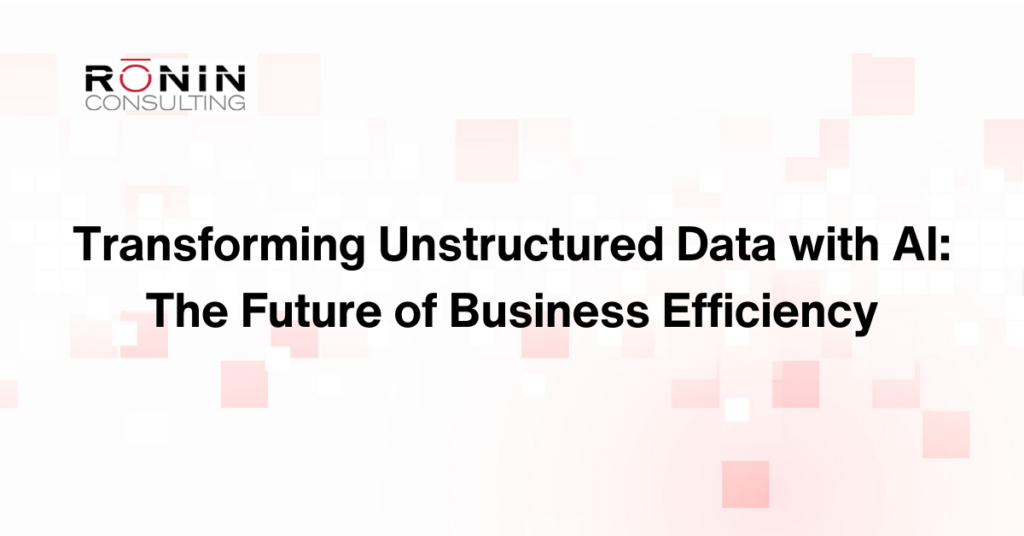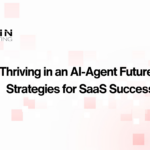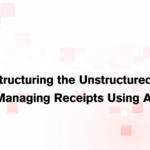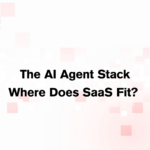
The vast amount of unstructured data being generated today is staggering, and it continues to grow at an unprecedented rate. Experts predict that by 2025, the total global amount of data generated, stored, and replicated will exceed 175 zettabytes. To put this amount of data into perspective, consider this analogy:
Imagine that one gigabyte is a single grain of rice. One terabyte, then, would be enough rice to fill a large jar. Now, multiply that jar by a billion jars, and you have enough data to represent a single zettabyte—which is enough rice to fill a giant mountain!
To reach 175 zettabytes, you’d need 175 of these mountains, which would cover the entire Earth several times over. It’s an unimaginable amount of data—like capturing every word humanity speaks and then storing it digitally.
If the sheer volume of data isn’t mind-boggling enough, consider that the 175 zettabytes will consist of different data types. Some data will be structured and neatly organized, while estimates suggest that up to 80% will be unstructured, arriving in various formats, sizes, and forms.
With such a large portion of unstructured data, businesses need a strategy to interpret and use it effectively for informed decision-making. Fortunately, advancements in AI and machine learning models (MMLs) allow companies to extract valuable insights from unstructured data, providing a more straightforward path to actionable information and strategic opportunities.
This article discusses structured and unstructured data and how using AI to process unstructured data will revolutionize business efficiency. We’ll explore how advanced AI technologies can streamline data processing, enhance decision-making, and uncover insights that can work to drive innovation and give your business a competitive advantage.
Table of Contents
- What is Structured Data?
- Challenges with Structured Data
- What is Unstructured Data?
- Challenges with Unstructured Data
- The Power of Using AI With Unstructured Data
- Examples of AI and Unstructured Data In Action
- The Benefits of Using AI for Your Unstructured Data
- A Recipe for Success
What is Structured Data?
Structured data is highly organized information that fits neatly into a predefined model or format, like rows and columns. It’s easy to store, search, and analyze using traditional tools like spreadsheets or relational databases.
Key traits of structured data:
Defined format: structured data adheres to a specific schema or format, such as rows and columns in a database, making it highly organized and easier to manage.
Quantitative nature: a significant portion of structured data consists of numbers, dates, and other quantifiable information that fits neatly into predefined fields.
Consistency: Structured data is more consistent and standardized, which simplifies extraction and analysis using traditional data management tools and techniques.
Challenges with Structured Data
Structured data, while highly organized into predefined formats such as rows and columns, often faces limitations due to its rigidity. This structure makes accommodating complex or variable data types challenging outside traditional schemas.
Also, as data volumes increase, managing and scaling structured databases can become costly and time-consuming, necessitating substantial computational resources and infrastructure upgrades.
Using structured data and its reliance on manual input or rigid systems can lead to errors, inconsistencies, or gaps in the data, which may skew results and impede certain types of analysis. While structured data remains valuable for handling discrete, numeric information, it often lacks unstructured data’s broader context and nuance.
What is Unstructured Data?
Unstructured data does not follow a predefined model or format. It includes information in various formats, making it more challenging to manage and analyze without the use of advanced tools.
Key traits of unstructured data include:
Flexible format: It doesn’t conform to a specific structure or schema, making it versatile but more complicated to organize.
Text-heavy: Most unstructured data comprises text, images, audio, and video.
Qualitative nature: Unstructured data tends to be more qualitative, requiring different methods for extraction and analysis.
Challenges with Unstructured Data
Unstructured data, which includes text, images, and videos, presents significant challenges due to its deviation from traditional database formats and complexity.
Its “wild” and unstructured nature makes it difficult for businesses to analyze and derive actionable insights. The volume and variety of unstructured data can be overwhelming, requiring extensive storage and computational resources for effective management and processing.
However, recent advancements in AI technology have made it increasingly viable to address these challenges.
AI offers promising solutions for managing unstructured data and uncovering opportunities for scalability, efficiency gains, and competitive advantage. By leveraging AI, businesses can understand their unstructured data, making it an asset for strategic decision-making and growth.
The Power of Using AI With Unstructured Data
In the past, handling unstructured data required significant manual labor.
For example, imagine you receive an invoice as a PDF. A human would need to open the invoice, review the details, and decide whether it’s correct before making a payment. This process, multiplied by hundreds or thousands of documents, becomes tedious and time-consuming.
With AI, the game has changed.
Instead of manually sorting through invoice PDF documents, AI can quickly extract the relevant data, make sense of it, and even automate actions like payments. Using AI in this way is like having a digital assistant that can read, understand, and act on information without human intervention.
Today, AI provides businesses with an efficient means to derive valuable insights from unstructured data with minimal effort. As unstructured data continues to outpace structured data across industries, relying solely on manual processes is increasingly impractical.
So, what do customers want?
Often, it’s time savings and operational efficiency, and both are gains that AI offers.
When businesses are pressured to achieve more with fewer resources, AI’s ability to analyze and leverage unstructured data will come to the rescue. The beauty of using AI with unstructured data lies in its adaptability. It isn’t rigid like structured data, and it’s not manual and time-consuming. AI can be tailored to fit various business models, and Ronin Consulting specializes in delivering these customized solutions.
Examples of AI and Unstructured Data in Action
AI-Enhanced Voting
A company heavily reliant on paper voting cards faced a labor-intensive process. Each day, they receive hundreds of envelopes filled with voting cards that must be manually opened, reviewed, and recorded. Employees spend hours sorting through these cards, checking off each vote, and entering the data into their system.
They needed a solution to optimize this process. Using AI on their unstructured data, they can efficiently scan each voting card, interpret the markings, and directly input the data into the system. This automation dramatically reduced processing time and minimized human error, streamlining the voting process and making it far more efficient.
AI-Enhanced Reviews
Social proof is an integral part of growing a business. One retail company knew it needed to understand its customer reviews and respond to them in ways that would impact its bottom line. Unfortunately, wading through hundreds of images, comments, and reviews took hours of manual time.
Using AI, they uncovered the value of their unstructured data. AI now allows them to efficiently download and organize large volumes of customer feedback, automatically categorizing reviews, detect trends, and reveal valuable insights that would otherwise be lost as unstructured data.
The Benefits of Using AI for Your Unstructured Data
AI isn’t just about speeding up processes; it’s about uncovering hidden opportunities. Companies that don’t leverage AI to tap into their growing unstructured data are missing out on potential competitive advantages.
Most businesses, including healthcare, retail, and financial ones, share a common challenge – they have more unstructured data than structured data. And the unstructured data is growing at a staggering rate. Without AI, businesses can get bogged down by manual processes, losing time and money. But with AI, the possibilities are endless. You can extract valuable insights from unstructured data, automate repetitive tasks, and scale operations faster.
A Recipe for Success
Imagine you have a favorite meal that you’ve perfected over time, but it takes hours to prepare. Now, imagine discovering a new recipe that allows you to make the same meal with the same ingredients and delicious flavor in just a few minutes.
That’s what AI does for your data.
It helps you get the same great results in a fraction of the time, with much less effort. The key is having the right recipe and know-how to unlock its potential
Rōnin Consulting, has everything your business needs to transform unstructured data into actionable insights. We know the tools, models, and technologies to make AI work for you and your specific business challenges. Contact us today, and let our team help transform your unstructured data into a valuable asset, regardless of format, volume, or language.






